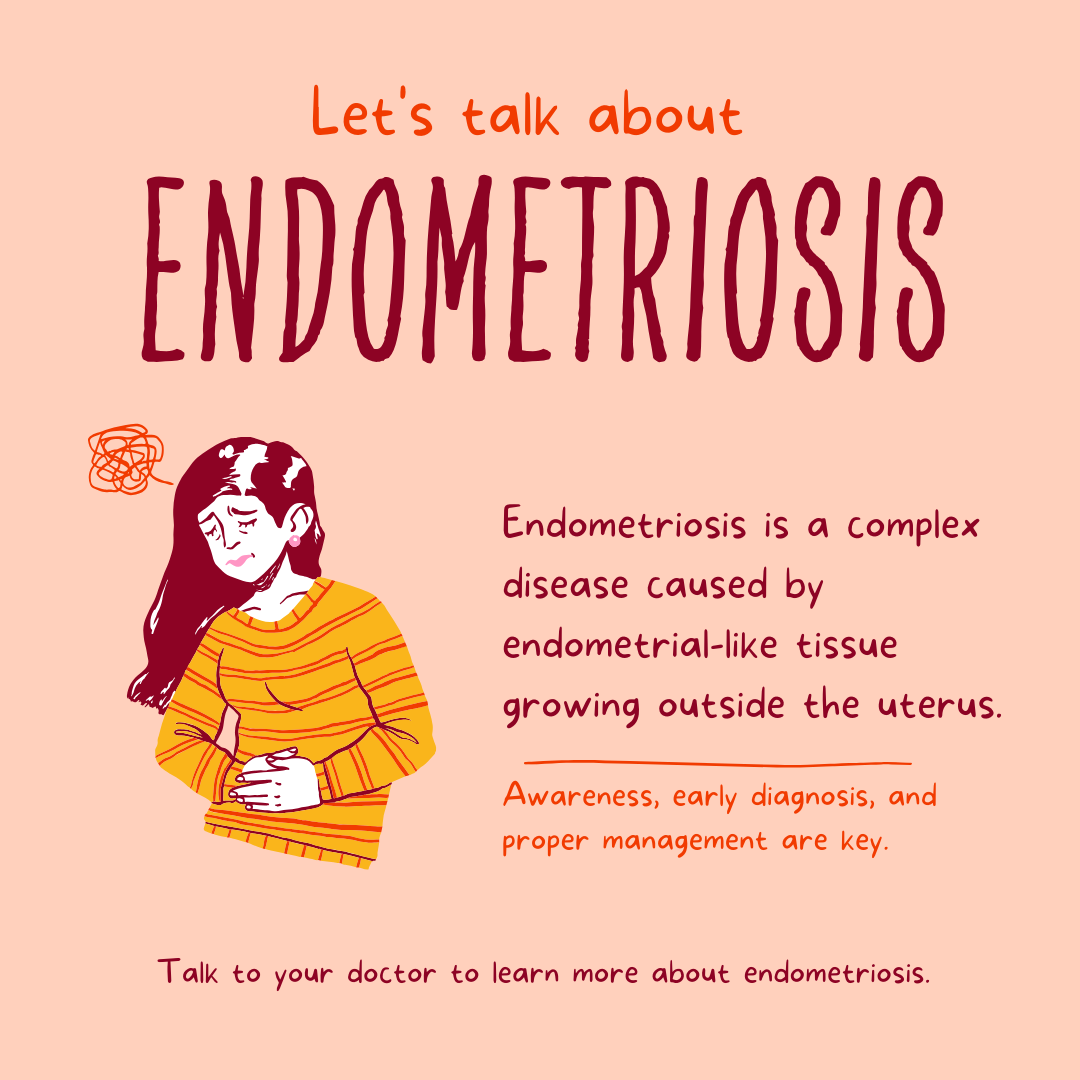Endometriosis is a complex and often misunderstood medical condition that affects millions of individuals worldwide. While it's not a household name like diabetes or cancer, endometriosis has a profound impact on the lives of those who experience it. In this blog, we'll explore the basics of endometriosis, its symptoms, diagnosis, and treatment options. Let's dive into the world of endometriosis to better understand this often silent battle within many individuals.
What Is Endometriosis?
Endometriosis is a chronic and often painful medical condition that occurs when tissue similar to the lining of the uterus (the endometrium) grows outside the uterus. This tissue, called endometrial implants, can grow on the ovaries, fallopian tubes, the outer surface of the uterus, and even on other organs in the pelvis. During the menstrual cycle, these implants react to hormonal changes, causing inflammation, pain, and the formation of scar tissue known as adhesions.
Symptoms of Endometriosis
The symptoms of endometriosis can vary widely among individuals, and some may experience no symptoms at all. Common signs and symptoms include:
-
Pain: One of the hallmark symptoms of endometriosis is pelvic pain, which may range from mild to severe. The pain is often worse during menstruation.
-
Heavy Menstrual Periods: Many individuals with endometriosis experience heavy and prolonged menstrual periods.
-
Painful Intercourse: Pain during or after sexual intercourse is another common symptom.
-
Infertility: Endometriosis can interfere with fertility by affecting the function of the ovaries, fallopian tubes, and uterus.
-
Gastrointestinal Symptoms: In some cases, endometrial implants can cause digestive issues and painful bowel movements, especially during menstruation.
-
Fatigue and Low Energy: Chronic pain and other symptoms can lead to fatigue and decreased quality of life.
Diagnosing Endometriosis
Diagnosing endometriosis can be challenging. It often takes several years from the onset of symptoms for a correct diagnosis to be made. The diagnostic process typically includes:
-
Medical History: A thorough discussion of symptoms, menstrual cycles, and any family history of the condition.
-
Physical Examination: A pelvic exam to check for abnormalities and assess the extent of pain.
-
Imaging: Ultrasound or magnetic resonance imaging (MRI) can help identify endometrial growths.
-
Laparoscopy: The most definitive way to diagnose endometriosis is through laparoscopy, a minimally invasive surgical procedure in which a thin, lighted tube is inserted through a small incision to examine the pelvic area.
Treatment Options
Endometriosis is a chronic condition, and there is no cure, but several treatment options can help manage the symptoms and improve quality of life:
-
Pain Medication: Over-the-counter pain relievers can alleviate mild pain, while prescription medications may be necessary for more severe discomfort.
-
Hormone Therapy: Hormonal treatments can help control the growth of endometrial tissue and provide relief from pain.
-
Surgery: Laparoscopic surgery can be performed to remove endometrial implants and scar tissue. In more severe cases, a hysterectomy may be recommended.
-
Lifestyle Changes: Healthy lifestyle choices, including regular exercise, a balanced diet, and stress management, can help manage symptoms.
Living with Endometriosis
Endometriosis can be a challenging condition to live with, both physically and emotionally. It's important to seek support from healthcare professionals, support groups, and loved ones. Early diagnosis and treatment can greatly improve an individual's quality of life and help preserve fertility for those who wish to have children in the future.
In Conclusion
Endometriosis is a complex medical condition that affects millions of people, and it often remains undiagnosed for years. Increased awareness, early diagnosis, and a comprehensive treatment plan are essential for managing this condition effectively. If you or someone you know is experiencing symptoms of endometriosis, it's crucial to seek medical advice to improve their quality of life and overall well-being.

